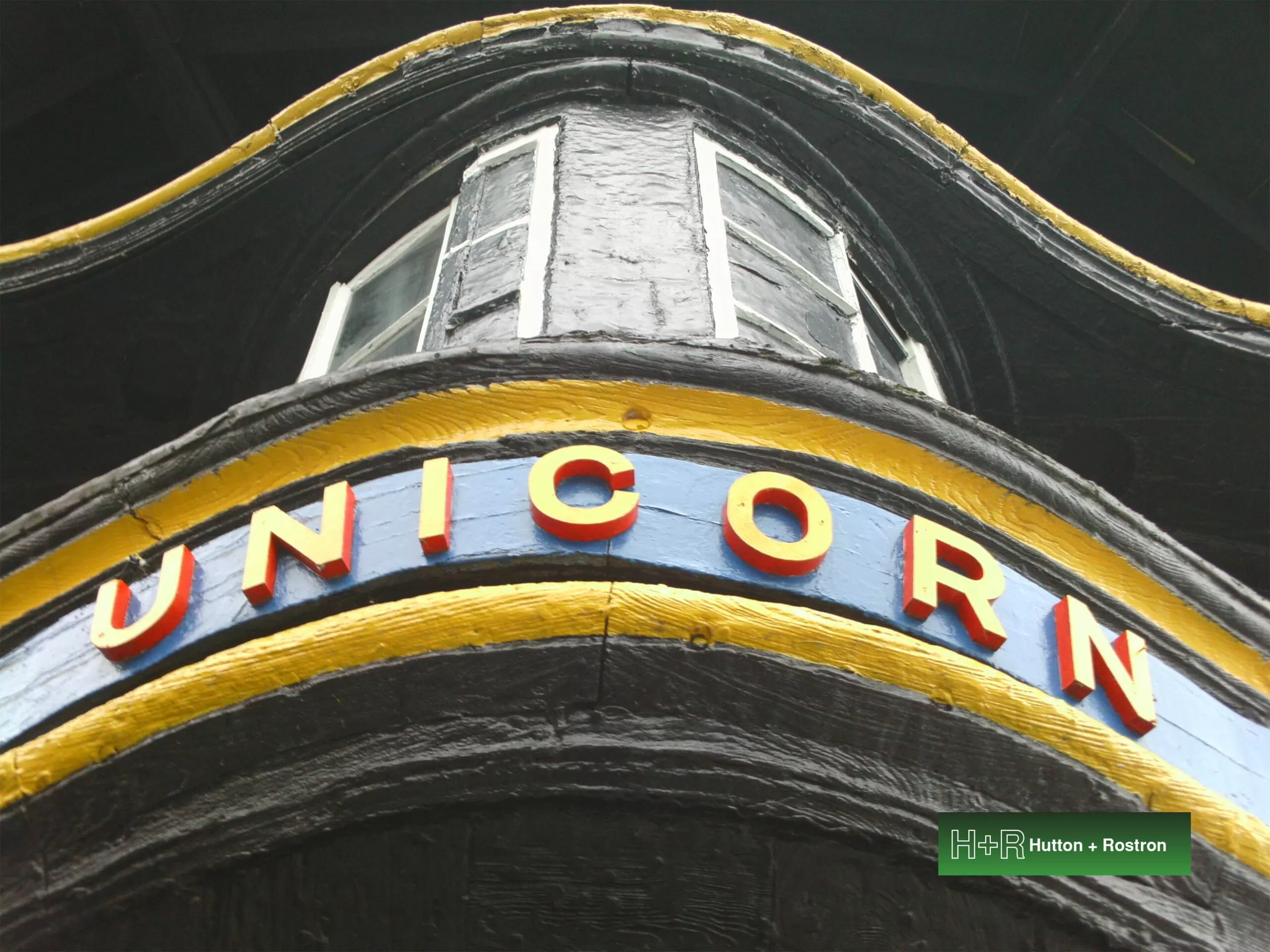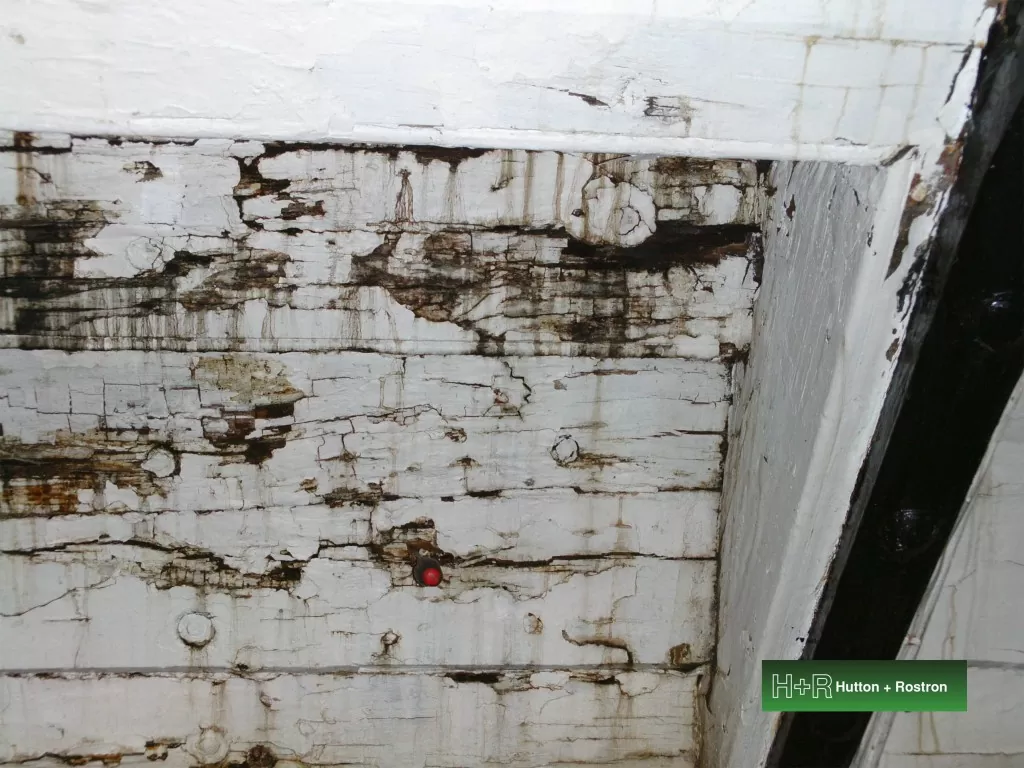HMS Unicorn Condition Survey
The Problem
The Unicorn Preservation Society approached H+R with an invitation to tender for a condition survey of HMS Unicorn, Dundee. They were concerned for the structure of the ship and wished to know an expected lifespan if it was kept afloat.
The survey was to be non-invasive and cover all structural items, including those beneath the waterline. The information produced was to be used in assisting with the production of a long-term plan for the future of the ship and to highlight any immediate repairs needed.


The Solution
H+R found the hull of the ship had deteriorated rapidly since it was last reported as ‘essentially sound’ in 1972; due to continuing problems of rainwater penetration and in conjunction with the replacement of some original oak planks with softwood and lack of maintenance.
The copper bottom was corroded and torn in places, vulnerable to further water penetration and decay. Within the hold and orlop decks, structurally significant decay was found to the keelson and some of the timber riders. The upper and gun decks were in relatively good condition, with some localized deterioration of inner hull timbers allowing rainwater ingress.
H+R concluded that continued rainwater ingress would result in the accelerated loss of original material, potentially resulting in the ship sinking.
H+R recommended an urgent programme of emergency preservation and salvage measures should be undertaken. As an interim measure, rainwater ingress would need to be minimised. This was achievable by consolidating the copper sheeting at the top edge above the waterline.
Once the ship was dry berthed, H+R advised that over-roofing of the entire ship would be required. In addition, environmental control and drying measures would be necessary; as well as specialist remedial measures, repairs and the provision of additional structural support.
Case Study Gallery



